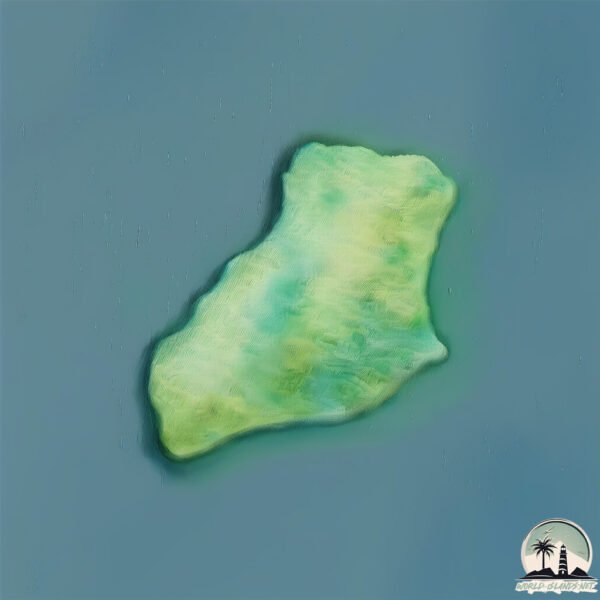Mana

Welcome to Mana, a Temperate island in the Tasman Sea, part of the majestic Pacific Ocean. This guide offers a comprehensive overview of what makes Mana unique – from its geography and climate to its population, infrastructure, and beyond. Dive into the details:
- Geography and Size: Explore the island’s size and location.
- Climate and Weather: Weather patterns and temperature.
- Topography and Nature: Uncover the natural wonders of the island.
- Infrastructure and Travelling: Insights on reaching, staying, and making the most of your visit.
- News and Headlines: Latest News.
Geography and size of Mana
Size: 2.42 km²
Coastline: 9.9 km
Ocean: Pacific Ocean
Sea: Tasman Sea
Continent: Oceania
Mana is a Small Island spanning 2.4 km² with a coastline of 9.9 km.
Archipel: Polynesia – A region of more than 1,000 islands in the central and southern Pacific Ocean, known for their diverse Polynesian cultures, stunning landscapes, and marine biodiversity.
Tectonic Plate: Australia – A major tectonic plate covering Australia, New Zealand, and parts of the Indian and Pacific Oceans, known for its relative stability and occasional seismic activity.
The geographic heart of the island is pinpointed at these coordinates:
Latitude: -41.08737362 / Longitude: 174.78069857
Climate and weather of Mana
Climate Zone: Temperate
Climate Details: Temperate Oceanic Climate
Temperature: Warm Summer
Climate Characteristics: Known for its moderate year-round temperatures with ample rainfall and no dry season. Warm summers are characteristic.
Topography and nature of Mana
Timezone: UTC+12:00
Timezone places: Pacific/Auckland
Max. Elevation: 75 m
Mean Elevation: 40 m
Vegetation: Evergreen Broadleaf Forest
Tree Coverage: 95%
The mean elevation is 40 m. The highest elevation on the island reaches approximately 75 meters above sea level. The island is characterized by Plains: Flat, low-lying lands characterized by a maximum elevation of up to 200 meters. On islands, plains are typically coastal lowlands or central flat areas.
Dominating Vegetation: Evergreen Broadleaf Forest
Characterized by dense, lush canopies of broadleaf trees that retain their leaves year-round. These forests are typically found in tropical and subtropical regions and are known for their high biodiversity. Mana has a tree cover of 95 %.
Vegetation: 3 vegetation zones – Moderately Diverse Island
These islands start to show a broader range of ecological niches. With three vegetation zones, they may offer a mix of ecosystems like coastal areas, inland woods, and perhaps a distinct wetland or dry area. This diversity supports a wider range of flora and fauna, making these islands more ecologically complex than those with minimal diversity.
Infrastructure and Travelling to Mana
Does the island have a public airport? no.
There is no public and scheduled airport on Mana. The nearest airport is Wellington International Airport, located 26 km away.
Does the island have a major port? no.
There are no major ports on Mana. The closest major port is WELLINGTON, approximately 21 km away.
The mean population of Mana is 3 per km². Mana is Gently Populated. The island belongs to New Zealand.
Continuing your journey, Kapiti is the next notable island, situated merely km away.
New Zealand is classified as Developed region: G7: Group of Seven – Major advanced economies, including Canada, France, Germany, Italy, Japan, the United Kingdom, and the United States. The level of income is High income: OECD.
News – Latest Updates and Headlines from Mana
Stay informed with the most recent news and important headlines from Mana. Here’s a roundup of the latest developments.
Please note: The data used here has been primarily extracted from satellite readings. Deviations from exact values may occur, particularly regarding the height of elevations and population density. Land area and coastline measurements refer to average values at mean high tide.
